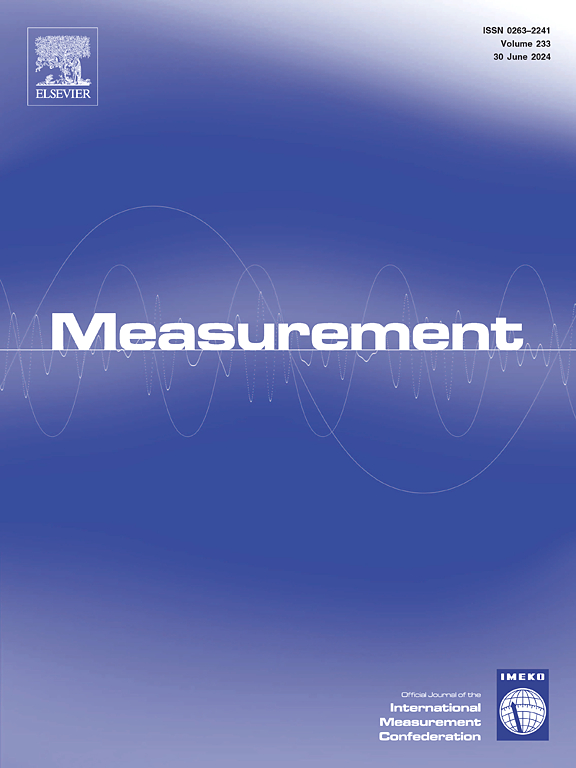All-metal packaged temperature compensation fiber optic Fabry-Pérot strain sensor for high-temperature liquid metal environments
IF 5.6
2区 工程技术
Q1 ENGINEERING, MULTIDISCIPLINARY
引用次数: 0
Abstract
The erosion of critical in-core components by high-temperature flowing liquid metal leads to surface fatigue damage, and its reliable detection represents a significant challenge for nuclear reactor safety. This study introduces a novel approach that employs an all-metal encapsulated fiber-optic Fabry-Pérot (F-P) strain sensor, designed to endure high-temperature and high-pressure conditions, for in situ surface strain monitoring and fatigue damage assessment. The key contributions of this work are as follows: (1) the development of a comprehensive mechanical model that characterizes the strain transfer mechanism of the sensor; (2) the implementation of an innovative temperature self-compensation structure to mitigate cavity length variations under extreme thermal conditions; (3) the design of a composite-cavity configuration that enables simultaneous strain measurement and in situ temperature monitoring, ensuring accurate thermal compensation. The fabricated sensor was thoroughly evaluated through rigorous performance testing, including high-temperature calibration up to 500 °C and validation experiments in liquid metal environments. Experimental results demonstrate the sensor’s performance: stable operation at 500 °C with a strain sensitivity of 2.43 nm/με, accompanied by high measurement accuracy (SSE = 0.0761, Adj R2 = 0.9974, RMSE = 0.0617). These metrics confirm the sensor’s linearity, stability, and reliability under extreme operating conditions. The successful demonstration of this fiber-optic sensing technology in high-temperature liquid metal environments provides a viable solution for real-time fatigue damage monitoring of nuclear reactor components, offering significant potential to enhance reactor safety and operational lifetime.
用于高温液态金属环境的全金属封装温度补偿光纤法布里-帕姆罗特应变传感器
高温流动液态金属对堆芯关键部件的侵蚀导致表面疲劳损伤,其可靠检测是核反应堆安全面临的重大挑战。该研究介绍了一种采用全金属封装光纤法布里-帕姆罗特(F-P)应变传感器的新方法,该传感器可承受高温高压条件,用于现场表面应变监测和疲劳损伤评估。本工作的主要贡献如下:(1)建立了表征传感器应变传递机制的综合力学模型;(2)采用一种创新的温度自补偿结构来缓解极端热条件下的腔长变化;(3)复合腔结构的设计,可以同时进行应变测量和现场温度监测,确保精确的热补偿。制造的传感器通过严格的性能测试进行了全面评估,包括高达500°C的高温校准和液态金属环境中的验证实验。实验结果表明,该传感器在500℃下工作稳定,应变灵敏度为2.43 nm/με,测量精度高(SSE = 0.0761, Adj R2 = 0.9974, RMSE = 0.0617)。这些指标证实了传感器在极端工作条件下的线性度、稳定性和可靠性。这种光纤传感技术在高温液态金属环境中的成功演示,为核反应堆部件的实时疲劳损伤监测提供了可行的解决方案,为提高反应堆的安全性和运行寿命提供了巨大的潜力。
本文章由计算机程序翻译,如有差异,请以英文原文为准。
求助全文
约1分钟内获得全文
求助全文
来源期刊

Measurement
工程技术-工程:综合
CiteScore
10.20
自引率
12.50%
发文量
1589
审稿时长
12.1 months
期刊介绍:
Contributions are invited on novel achievements in all fields of measurement and instrumentation science and technology. Authors are encouraged to submit novel material, whose ultimate goal is an advancement in the state of the art of: measurement and metrology fundamentals, sensors, measurement instruments, measurement and estimation techniques, measurement data processing and fusion algorithms, evaluation procedures and methodologies for plants and industrial processes, performance analysis of systems, processes and algorithms, mathematical models for measurement-oriented purposes, distributed measurement systems in a connected world.
 求助内容:
求助内容: 应助结果提醒方式:
应助结果提醒方式:


